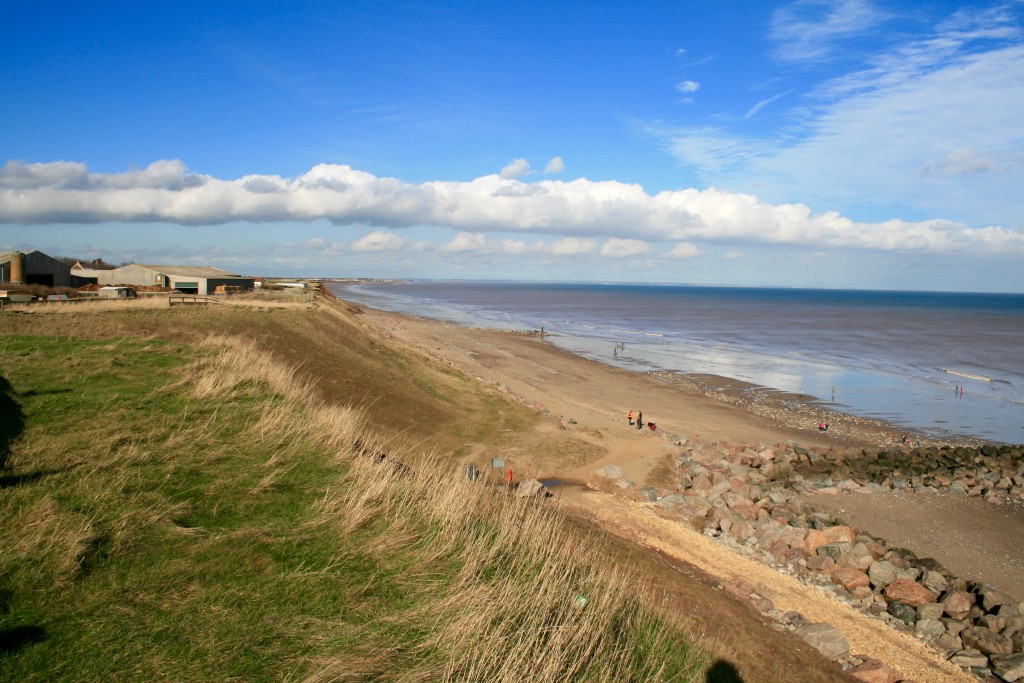Coastal Protection and Management – Soft Engineering
Soft engineering techniques involve working with nature to manage the coastline. Techniques include cliff stabilisation, dune regeneration and managed retreat.
Beach nourishment
Beach nourishment involves adding sand and shingle to a beach from elsewhere. By building up beach material this helps create a wide, sandy beach which reduce the erosion of cliffs (compared to narrow beaches).
Cliff stabilisation
Cliff stabilisation involves reducing the slope angle of the cliff and planting vegetation. The image below shows an example of this at Mappleton, Holderness Coast.

Dune regeneration
Dune regeneration involves creating or restoring sand dunes. The vegetation on sand dunes help stabilise the dune which then provide a barrier and absorb wave energy. During dune regernation the land needs to be carefully managed so that any new vegetation that is planted is appropriately protected from trampling by humans. This could involve temporarily fencing off the dunes or by providing wooden walkways.
Waves are generated by wind blowing over the sea. The characteristics of waves are determined by the strength of the wind, its duration and fetch (distance a wave travels). The stronger the wind the greater the friction on the surface of the sea and therefore the bigger the wave.
Creating marshland
By creating marshland the vegetation that grows on it can help stabilise sediment and reduce the speed and energy of waves. This reduces the erosive power of the waves.
Managed Retreat (coastal realignment)
Managed retreat (or coastal realignment) involves allowing the sea to breach an existing defence and flood the land behind it. Overtime, this land will become marshland.

You must be logged in to post a comment.